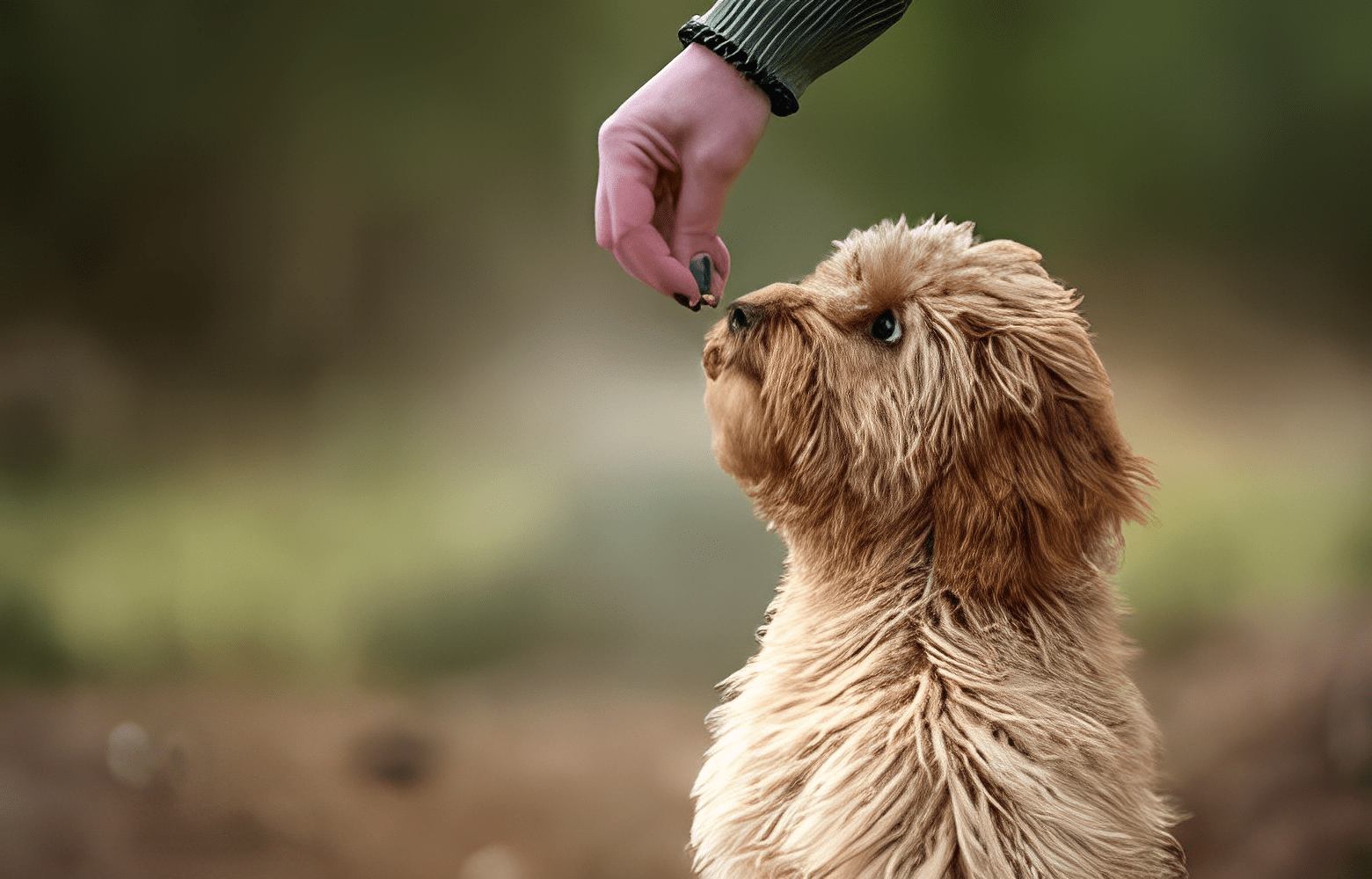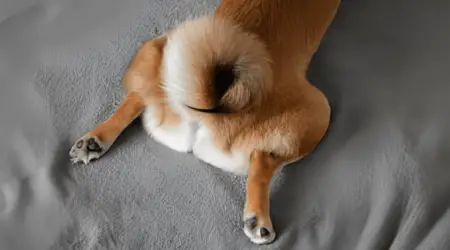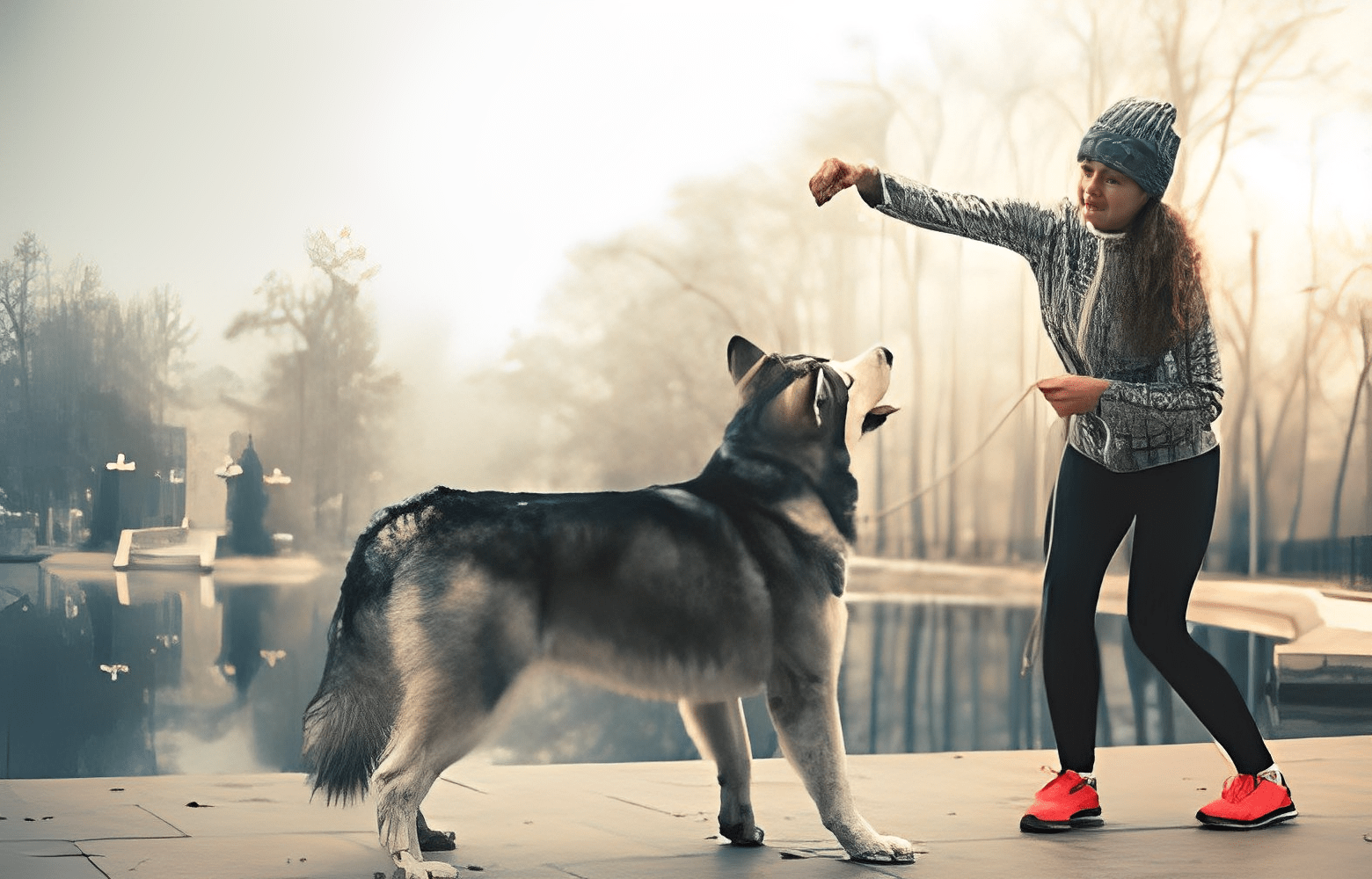Cropping Miniature Schnauzer Ears: Helps & Guide
Ear cropping in Miniature Schnauzers has been a practice with deep-rooted traditions, raising both curiosity and controversy. In this exploration, we delve into the historical background, the procedure itself, and the contrasting perspectives that surround this grooming practice.
From arguments in favor of aesthetics and breed standards to ethical concerns and legal perspectives, we aim to provide a straightforward look at the choices facing Schnauzer owners. Whether you’re a devoted Schnauzer parent or simply curious about pet care practices, this guide aims to shed light on the practice of cropping Miniature Schnauzer ears.
Historical Perspective
To truly understand the ear cropping debate in Miniature Schnauzers, we have to take a little trip back in time. Buckle up, because we’re heading to the bustling streets of 19th-century Germany.
Back then, Schnauzers were primarily working dogs, employed for ratting and guarding farms. Those floppy ears, while undeniably cute, could be a liability. Dragging through fields and brush, they were prone to snags, tears, and matting, making them susceptible to infections. So, some resourceful folks decided to lend a helping hand with a pair of sharp scissors.
Cropping became a practical way to protect those precious ears, and over time, it evolved into a breed characteristic. Show rings embraced the look, and soon, the perky, upright ears became synonymous with the Miniature Schnauzer.
But history isn’t always straightforward, and as times changed, so did perspectives on ear cropping. Animal welfare concerns came to the forefront, and the purely cosmetic nature of the practice for companion Schnauzers started facing scrutiny.
That’s where we find ourselves today, at a crossroads in Schnauzer ear history. Should we continue the tradition, or embrace the natural floppy beauty of these furry friends?

The Procedure
- Timing: Ear cropping is usually performed on puppies between 7 and 12 weeks old. Their ears are still developing, making the procedure less complicated and the healing process smoother.
- Anesthesia: The puppy is placed under general anesthesia to ensure they’re completely unconscious and pain-free during the procedure.
- Surgical Removal: The veterinarian carefully removes a portion of the outer ear flap, shaping it into a pointed or erect style according to the desired look.
- Sutures and Taping: The incisions are closed with sutures, and the ears are typically taped to a rigid support structure to encourage them to stand upright as they heal.
- Post-Op Care: The puppy will need pain medication, antibiotics to prevent infection, and close monitoring for any complications. The ears are typically re-taped every few days for several weeks to maintain their shape.
It’s crucial to remember: Ear cropping is a surgical procedure with inherent risks, including:
- Pain and discomfort during and after surgery
- Anesthesia complications
- Infections
- Scarring
- Healing problems such as uneven ear shape or failure to stand upright
Understanding these risks is essential for any owner considering cropping their Miniature Schnauzer’s ears.
Arguments in Favor of Ear Cropping
- Tradition and Aesthetics:
- Supporters argue that ear cropping is a longstanding tradition linked to the breed’s history, contributing to a distinctive appearance.
- Some believe that cropped ears enhance the Schnauzer’s facial expressions, giving them a more alert and polished look.
- Perceived Health Benefits:
- Some proponents suggest that cropped ears can potentially reduce the risk of ear infections by improving air circulation and minimizing moisture retention.
- Breed Standards and Competition:
- Breed standards set by kennel clubs often include specifications for ear appearance, and adhering to these standards is crucial for participating in conformation competitions.
Arguments Against Ear Cropping
- Ethical Concerns and Animal Welfare:
- Opponents argue that ear cropping is a cosmetic procedure with no clear benefit to the dog’s well-being and can be considered a form of unnecessary surgery, raising ethical questions about altering an animal’s appearance for human preferences.
- Potential Health Risks and Complications:
- Critics emphasize the risks associated with surgery, including pain, potential complications, and the need for careful aftercare.
- Some veterinary professionals express concerns about the long-term impact on the dog’s behavior and overall health.
- Shifting Cultural Attitudes:
- As societal views on pets shift towards a focus on their natural well-being, there’s a growing sentiment against procedures that alter an animal’s physical appearance solely for cosmetic reasons.

Alternatives to Ear Cropping
The ear cropping debate has sparked a flurry of creative solutions for showcasing the charm of our beloved Schnauzers, sans scissors. Let’s dive into some exciting alternatives to consider:
1. Embrace the Flop: Natural beauty reigns supreme. Celebrate the unique charm of floppy-eared Schnauzers. Regular ear cleaning and gentle brushing keep them healthy and hygienic, while their adorable droopy ears add a touch of irresistible personality.
2. Show-Ready Styling: Even with natural ears, your Schnauzer can shine in the show ring. Consult professional groomers specializing in non-surgical ear shaping techniques. Using gentle taping and styling methods, they can temporarily achieve an upright ear set for show purposes without resorting to surgery.
3. Accentuate the Natural Look: Enhance your Schnauzer’s natural beauty with accessories! Stylish bandanas, headbands, or colorful bows can draw attention to their adorable faces and playful personalities, adding a touch of flair without altering their physical features.
4. Celebrate Diversity: Advocate for breed diversity and acceptance. Support initiatives promoting the beauty and charm of Schnauzers in all their variations, including those with natural, uncropped ears. Encourage a culture of appreciation for the entire range of Schnauzer expressions.
5. Prioritize Well-Being: Remember, the ultimate goal is your Schnauzer’s happiness and well-being. Focus on providing a loving home, proper care, and enriching experiences. Let their playful spirit and boundless energy define them, not the shape of their ears.
Choosing an alternative to ear cropping doesn’t diminish your love for the breed or your Schnauzer’s unique personality. It’s a conscious choice, driven by compassion and a commitment to animal welfare
FAQs
- Q: Why is ear cropping done in Miniature Schnauzers?
- A: Ear cropping has historical roots, believed to serve practical purposes in the breed’s working past. Today, it’s often done for traditional and aesthetic reasons, contributing to the Miniature Schnauzer’s unique appearance.
- Q: Are there health benefits to ear cropping?
- A: Some believe that cropped ears may reduce the risk of ear infections, but veterinary opinions on this vary. It’s crucial to weigh perceived benefits against potential risks and consider alternative, non-invasive care.
- Q: Is ear cropping legal everywhere?
- A: Legal regulations on ear cropping differ globally and regionally. It’s essential to be aware of the specific laws in your location and stay informed about any changes or updates.
- Q: What are the alternatives to ear cropping?
- A: Natural ear care and grooming, stylish accessories, and responsible breeding are all alternatives to consider. These options prioritize the well-being and individuality of Miniature Schnauzers without resorting to surgical alterations.
Also Read: Why Is My Shiba Inu So Scared Of Everything
Conclusion
In conclusion, the world of Miniature Schnauzers and ear cropping is a mix of tradition, ethics, and evolving perspectives. While some believe in the tradition and aesthetic appeal of cropped ears, others express concerns about the well-being of our furry friends. As we navigate this debate, it’s crucial to consider alternatives, such as natural grooming and responsible breeding.
Let’s prioritize the comfort and happiness of our beloved Schnauzers, keeping in mind the shifting cultural attitudes towards pet care. By making informed and compassionate choices, we can contribute to a future where our furry companions thrive in a loving and respectful environment.












Leave a Reply